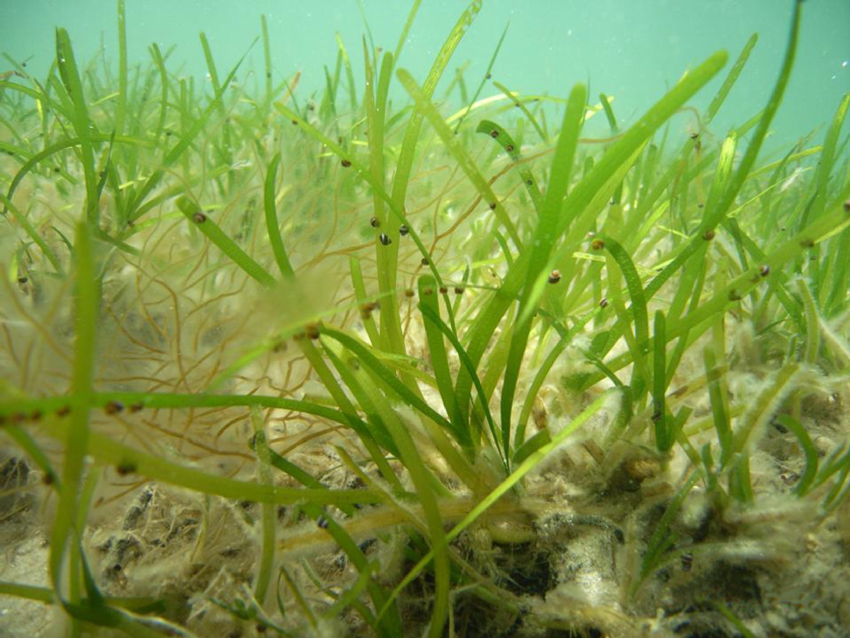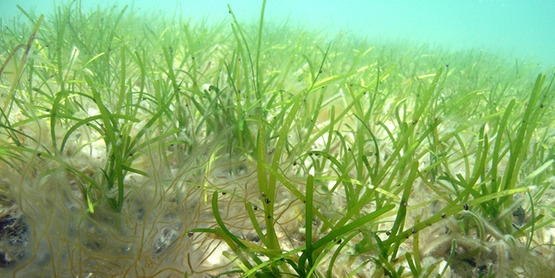Imagine an underwater plant that cleans our oceans, fights climate change, and safeguards our coastlines. Believe it or not, this superhero exists! Meet eelgrass, the unassuming marine marvel packed with surprising power. Dive deeper and discover 15 fascinating facts about this hidden champion of the seas.
- Ancient Meadows: Some eelgrass colonies are incredibly old, with estimates suggesting beds off the coast of Ibiza have thrived for a staggering 100,000 years!
- Underwater Love: Unlike most plants that rely on wind or insects for pollination, eelgrass pollinates underwater. Long, thread-like pollen drifts in the current to fertilize other plants.
- Hitching a Ride: Eelgrass doesn't just rely on water currents for reproduction. Seeds and fragments can hitch a ride on migratory birds and their feathers, colonizing new areas.
- Not Quite Seaweed: Although often mistaken for seaweed, eelgrass is a true flowering plant with roots, stems, and even tiny flowers that pollinate underwater.
- Super Filter: Eelgrass meadows are champions at trapping sediment and pollutants from the water column, keeping our oceans healthy and clear.
- Climate Change Fighter: Through photosynthesis, eelgrass absorbs carbon dioxide, a major greenhouse gas, and stores it in their roots, helping to mitigate climate change.
- Ocean Nursery: Eelgrass meadows provide a safe haven for juvenile fish and shellfish to grow and mature. This ensures healthy fish populations for future generations.
- Coastal Defender: The dense structure of eelgrass beds acts as a natural buffer, weakening the force of waves and protecting shorelines from erosion caused by storms and floods.
- Food Source: The Seri tribe of Mexico traditionally harvested eelgrass rhizomes and leaf bases for food, both fresh and dried for winter consumption.
- Mattress Material: Surprisingly, dried eelgrass was once used as stuffing for mattresses and cushions, with its record in French barracks during World War I.
- Underwater Indicator: The health of eelgrass meadows can be an indicator of the overall health of the marine environment. A decline in eelgrass can signal pollution or other problems.
- Economic Powerhouse: Healthy eelgrass beds attract tourists for activities like diving, snorkeling, and fishing, boosting coastal economies that rely on tourism.
- Biodiversity Hotspot: Eelgrass meadows provide a complex habitat for a wide variety of marine life, including invertebrates, fish, and even seahorses that cling to the blades.
- Global Citizen: There are over 60 different species of eelgrass found in oceans around the world, with variations in size, blade shape, and flowering characteristics.
- Fragile Giant: Despite their ecological importance, eelgrass meadows are threatened by pollution, coastal development, and climate change. Conservation efforts are crucial for their survival.




